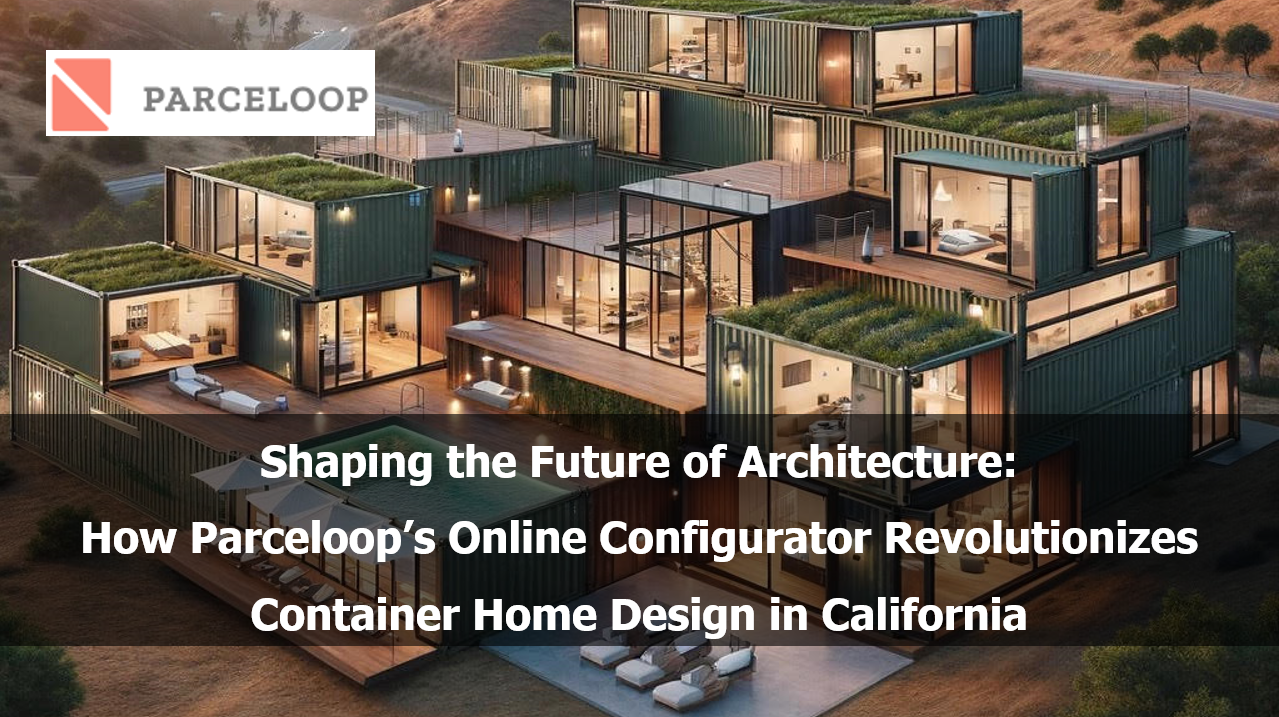
The Allure of Container Homes
Container homes are constructed from shipping containers, which are repurposed to serve as living spaces. These homes are celebrated for their sustainability, cost-effectiveness, and modular nature, allowing for a high degree of customization. In California, a state known for its environmental initiatives and housing challenges, container homes can offer an innovative solution to meet diverse housing needs.
Navigating California's Regulatory Landscape
Building a container home in California requires careful planning and adherence to various state and local regulations. Here's a step-by-step overview of the process:
1. Zoning and Land Use. Before purchasing containers or drafting designs, investigate local zoning laws. California's municipalities have specific regulations regarding where container homes can be built and how they can be used. Understanding these rules early on can help avoid costly surprises.
2. Design and Permitting. Designing a container home in California necessitates compliance with the California Building Standards Code, which addresses structural integrity, fire safety, energy efficiency, and accessibility. Collaborating with an architect or designer familiar with these codes and with container construction is crucial. Once your design is ready, the next step is obtaining building permits from your local building department.
This process involves submitting detailed plans for review, addressing any compliance issues, and paying the associated fees.
3. Construction and Inspection. Selecting a contractor experienced in container home construction and familiar with California's building standards is vital for a successful build. Throughout the construction process, expect multiple inspections by local authorities to ensure compliance with building codes and permit requirements.
Common Challenges and Solutions
Environmental Regulations. California's strict environmental laws, including the California Environmental Quality Act (CEQA), can introduce additional requirements for container homes, such as environmental impact assessments. Preparing for these assessments and integrating sustainable building practices can facilitate compliance and support project approval. #### Fire and Earthquake Resilience Given California's susceptibility to wildfires and earthquakes, building a container home requires adherence to stringent fire resistance and seismic safety standards. Engaging experts in these fields during the design phase can help ensure your home meets these critical safety standards.
Utility Connections. Connecting a container home to utilities in California, especially in more remote areas, can be challenging. Exploring off-grid solutions like solar power and rainwater harvesting can provide alternatives while also enhancing the home's sustainability.
Community Acceptance. Container homes can face skepticism or resistance in some communities, particularly where non-traditional housing is uncommon. Addressing aesthetic concerns and engaging with the community early in the process can help build support and facilitate a smoother project journey.
Building a container house in California offers an exciting opportunity to embrace innovative housing solutions while navigating a complex regulatory environment. By understanding the specific challenges and requirements associated with permits, codes, and local regulations, prospective builders can more effectively plan and execute their container home projects. With careful preparation and collaboration with experienced professionals, the dream of owning a container home in California can become a reality, contributing to a more sustainable and diverse housing landscape.
Revolutionizing Design with Parceloop's Online Configurator
Parceloop's Online Configurator emerges as a pioneering solution amidst the evolving architectural landscape. This digital tool empowers users, both individuals and businesses, to navigate the intricacies of design and construction with unprecedented ease and clarity. It democratizes the architectural design process, offering a user-friendly platform that simplifies the journey from initial concept to project completion.
The allure of container homes lies in their sustainability, affordability, and flexibility for creative expression. However, realizing these projects in California's regulatory environment requires meticulous planning and adherence to a myriad of codes and standards. Parceloop's configurator simplifies this process, providing comprehensive guidance and an intuitive interface that makes complex design decisions manageable.
Beyond simplification, the Online Configurator serves as a catalyst for creativity and innovation. It allows users to experiment with different designs, materials, and technologies, integrating the latest architectural trends with their unique visions. This capacity to visualize and refine ideas in real time enhances the creative process, ensuring that the final outcome resonates with the user's original vision.
In a world where the demand for sustainable, personalized, and efficient architectural solutions is ever-growing, Parceloop’s Online Configurator stands out as an essential tool. It streamlines the design and construction process and inspires users to push the boundaries of what's possible in architecture. As such, Parceloop is poised to play a pivotal role in shaping the future of architectural design, making the dream of custom-built spaces a reality for a broader audience.
The convergence of Parceloop's innovative technology with the burgeoning interest in container homes and other alternative housing solutions heralds a new architectural era. It’s an era defined by the empowerment of individuals and businesses to realize their architectural dreams, transforming the landscape of California housing and setting a precedent for the rest of the world.